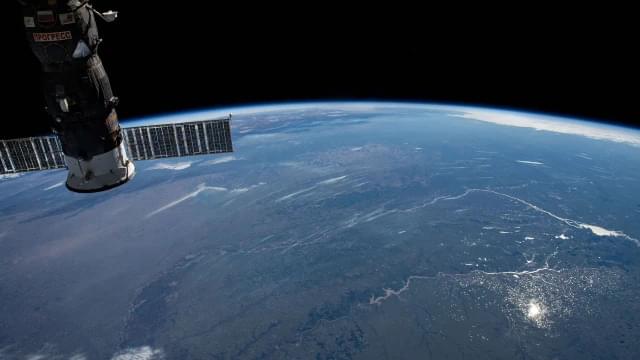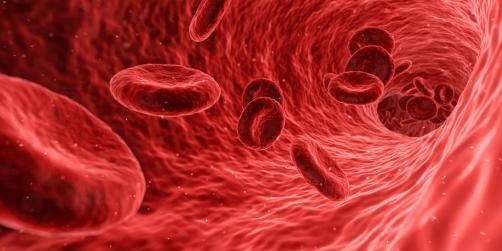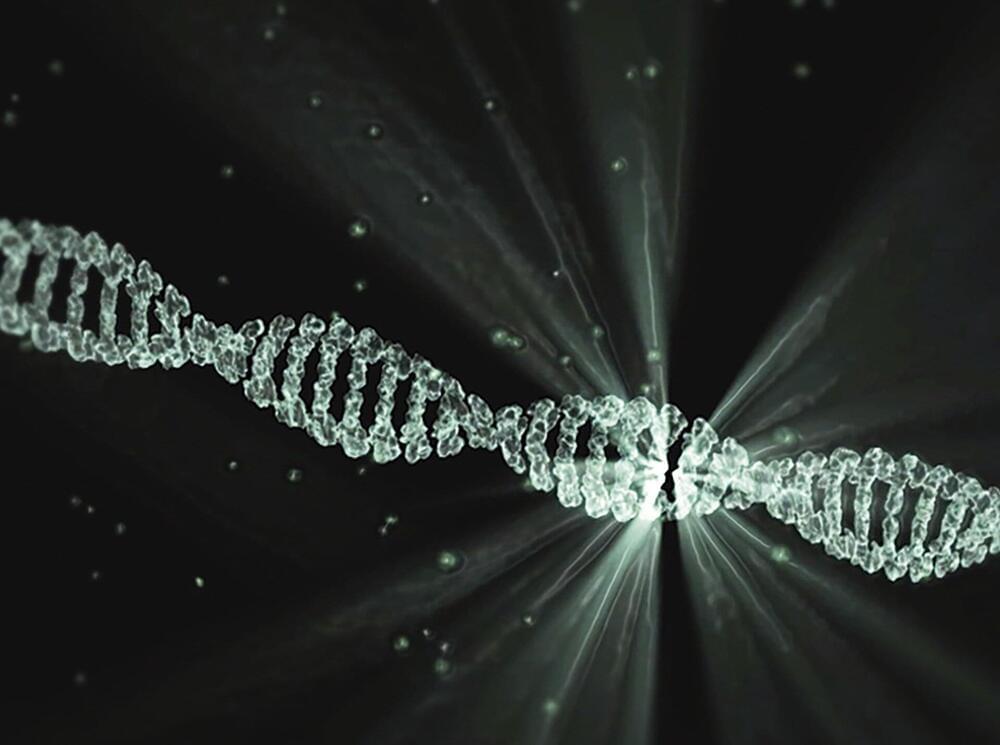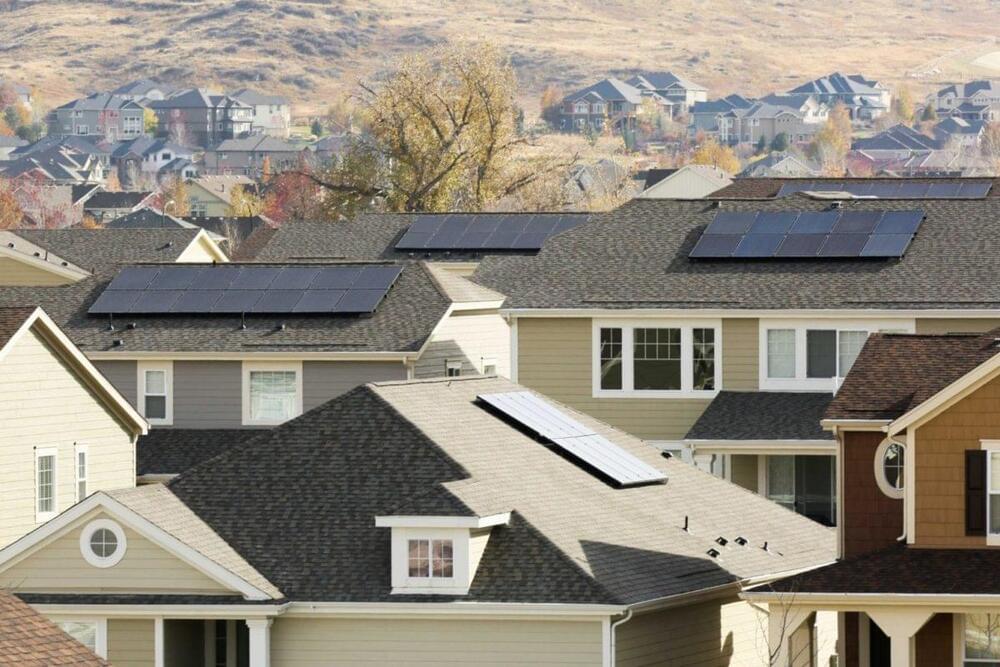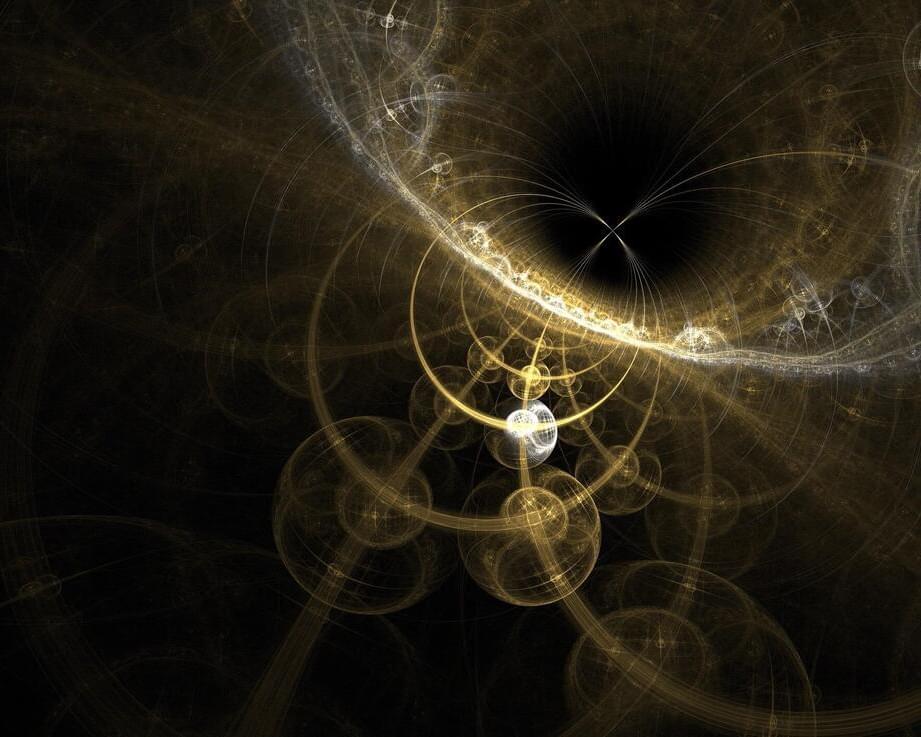Scientists at the University of Virginia School of Medicine and their collaborators have used DNA to overcome a nearly insurmountable obstacle to engineer materials that would revolutionize electronics.
Scientists around the world are scurrying to reverse the hands of time. Here’s a look at one lab’s search for the fountain of youth, where old mice have grown young again.
The Overview Effect — another Reason to Speed up Space Exploration “…you develop an intense dissatisfaction with the state of the world and a compulsion to do something about it…”
Posted on Big Think, direct link at.
Posted on Big Think.
? Hydroelectric generation?
New pumped storage hydropower facility Nant de Drance uses state-of-the-art technology to store renewable energy for on-demand use. It could play a vital role in stabilizing Europe’s grid as the continent transitions to renewable energy.
New gene therapy could end high cholesterol responsible for strokes and heart attacks.
The therapy is a one-and-done treatment unlike being on statins or taking monoclonal antibodies. It will make a permanent change to liver cells and stop them from producing the PCSK9 protein. The edits will pass on to the next generation of cells when they divide. That means that even if the therapy is initially expensive, the lifetime cost should prove to be comparable if not lower than current alternatives.
The therapy is delivered to the liver cells in lipid nanoparticles, the same technology being used by mRNA Covid-19 vaccines. The pandemic has created manufacturing capacity for this type of therapeutic delivery which is helping to lower costs.
A successful clinical trial doesn’t lead right away to adoption throughout the medical profession. It is likely there will be many more trials, and a number of years before Verve has enough data to convince regulators to approve the treatment for run-of-the-mill high cholesterol. If it turns out to become the new treatment standard, however, it will be one of the most transformational innovations in human healthcare to be seen in decades.
View insights.
In a paper distributed via ArXiv, titled “Exploring the Unprecedented Privacy Risks of the Metaverse,” boffins at UC Berkeley in the US and the Technical University of Munich in Germany play-tested an “escape room” virtual reality (VR) game to better understand just how much data a potential attacker could access. Through a 30-person study of VR usage, the researchers – Vivek Nair (UCB), Gonzalo Munilla Garrido (TUM), and Dawn Song (UCB) – created a framework for assessing and analyzing potential privacy threats. They identified more than 25 examples of private data attributes available to potential attackers, some of which would be difficult or impossible to obtain from traditional mobile or web applications. The metaverse that is rapidly becoming a part of our world has long been an essential part of the gaming community. Interaction-based games like Second Life, Pokemon Go, and Minecraft have existed as virtual social interaction platforms. The founder of Second Life, Philip Rosedale, and many other security experts have lately been vocal about Meta’s impact on data privacy. Since the core concept is similar, it is possible to determine the potential data privacy issues apparently within Meta.
There has been a buzz going around the tech market that by the end of 2022, the metaverse can revive the AR/VR device shipments and take it as high as 14.19 million units, compared to 9.86 million in 2021, indicating a year-over-year increase of about 35% to 36%. The AR/VR device market will witness an enormous boom in the market due to component shortages and the difficulty to develop new technologies. The growth momentum will also be driven by the increased demand for remote interactivity stemming from the pandemic. But what will happen when these VR or metaverse headsets start stealing your precious data? Not just headsets but smart glasses too are prime suspect when it comes to privacy concerns.
Several weeks ago, Facebook introduced a new line of smart glasses called Ray-Ban Stories, which can take photos, shoot 30-second videos, and post them on the owner’s Facebook feed. Priced at US$299 and powered by Facebook’s virtual assistant, the web-connected shades can also take phone calls and play music or podcasts.
Scientists at the University of Virginia School of Medicine and their collaborators have used DNA to overcome a nearly insurmountable obstacle to engineer materials that would revolutionize electronics.
One possible outcome of such engineered materials could be superconductors, which have zero electrical resistance, allowing electrons to flow unimpeded. That means that they don’t lose energy and don’t create heat, unlike current means of electrical transmission. Development of a superconductor that could be used widely at room temperature—instead of at extremely high or low temperatures, as is now possible—could lead to hyper-fast computers, shrink the size of electronic devices, allow high-speed trains to float on magnets and slash energy use, among other benefits.
One such superconductor was first proposed more than 50 years ago by Stanford physicist William A. Little. Scientists have spent decades trying to make it work, but even after validating the feasibility of his idea, they were left with a challenge that appeared impossible to overcome. Until now.
A handful of states already require new distributed resource installations to use smart inverters that meet a standard known as IEEE 1547–2018. As more devices that meet the standard become available, more states are evaluating such a requirement. The SunSpec Alliance expects that more than 30 states will set smart inverter requirements by April 2023 based on an examination of state regulatory dockets from the past year, said SunSpec Alliance Chair Tom Tansy in an email.
Most smart inverter manufacturers will be able to provide smart inverters to project developers and distributors sometime between March and August 2023, according to an analysis from the Interstate Renewable Energy Council (IREC) authored by IREC chief regulatory engineer Brian Lydic.
Overall, the experiment represents steps forward in understanding fundamental physics and applies to much more macroscale phenomena.
A roadmap for the future direction of quantum simulation has been set out in a paper co-authored at the University of Strathclyde.
Quantum computers are hugely powerful devices with a capacity for speed and calculation which is well beyond the reach of classical, or binary, computing. Instead of a binary system of zeroes and ones, it operates through superpositions, which may be zeroes, ones or both at the same time.
The continuously-evolving development of quantum computing has reached the point of having an advantage over classical computers for an artificial problem. It could have future applications in a wide range of areas. One promising class of problems involves the simulation of quantum systems, with potential applications such as developing materials for batteries, industrial catalysis and nitrogen fixing.

